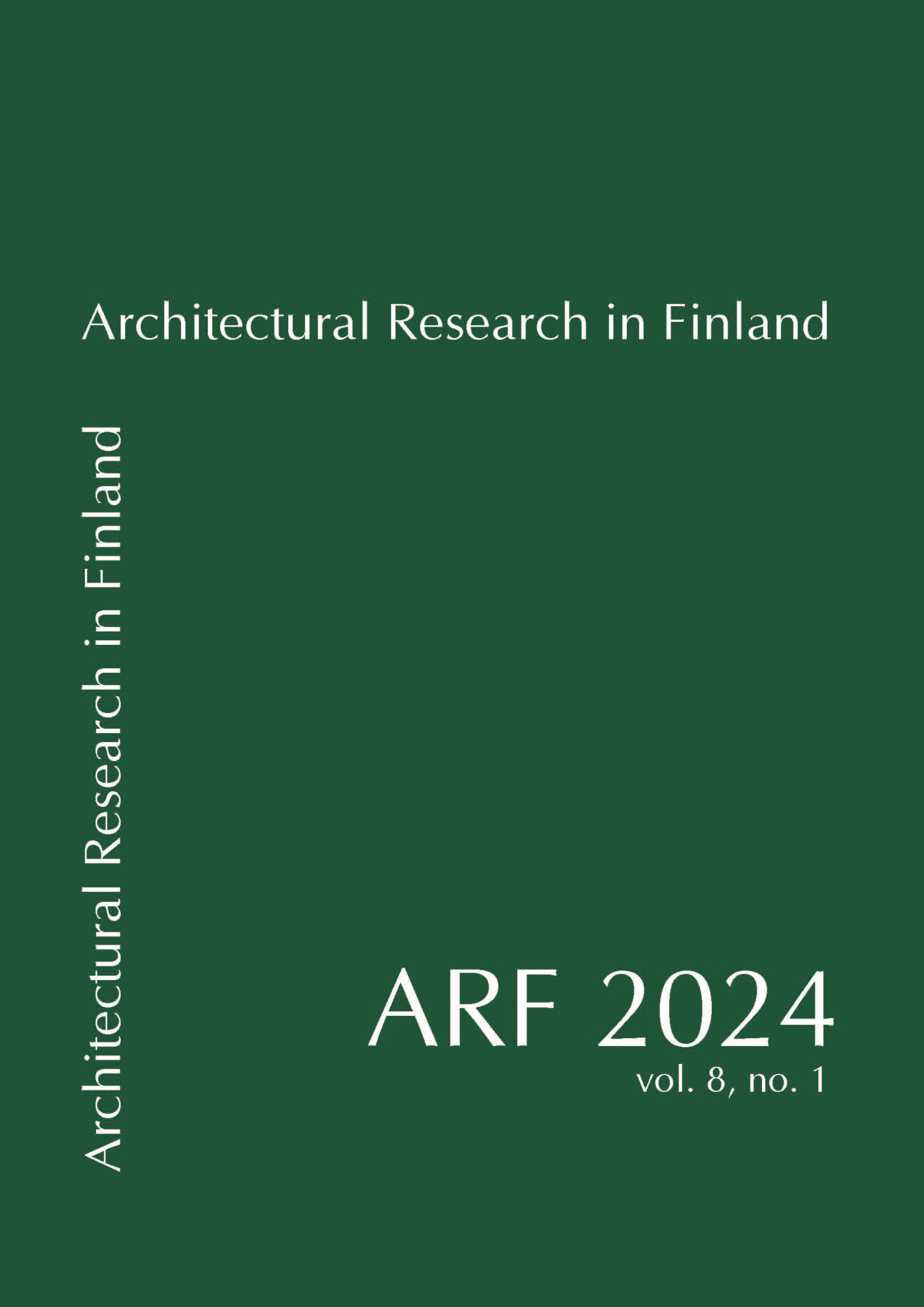Choose your tools wisely
Using dialogical architectural pedagogies for sustainable world
DOI:
https://doi.org/10.37457/arf.147233Keywords:
pedagogy, architecture, design, education, radical inclusicity, narrativeAbstract
Architectural education's exclusive and hierarchical roots still shape how architecture is taught and practised. To reveal deeply embedded structures of exclusion, the figure of the architect is deconstructed using Hannah Arendt's division of work and labor. The maintenance art of Mierle Laderman Ukeles is used to highlight the importance of process and reproductive labour, as opposed to object-oriented work. The emergence of the new figure of the architect worker is discussed in the context of changes taking place in the profession.
This article delves into the pressing need to evolve architectural education, emphasising the alignment with methods of inquiry to ensure that the resulting projects are rooted in principles of equity, inclusivity, and sustainability. At the heart of this discourse is the innovative framework of "Radical Inclusivity." This concept is anchored in the dialogic philosophy of Mikhail Bakhtin and inspired by Paolo Soleri's understanding of buildings as structures in a constant state of becoming and growing through increasing complexity.
Radical Inclusivity, rooted in the dialogic principle of Mikhail Bakhtin's philosophy, is positioned as a framework allowing for the redefinition of the figure of the architect and, in consequence, a more inclusive and equitable architectural practice and pedagogy.




